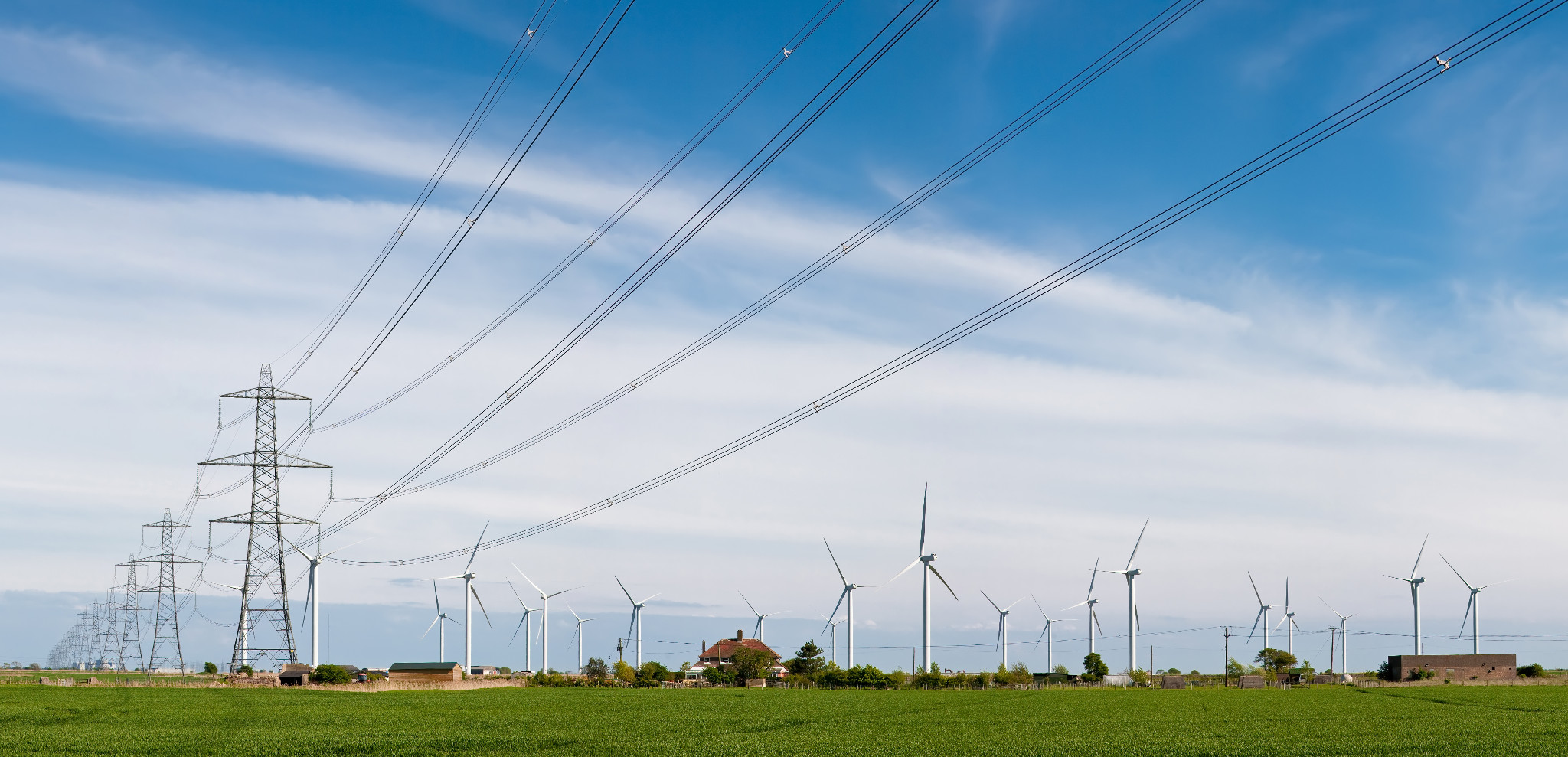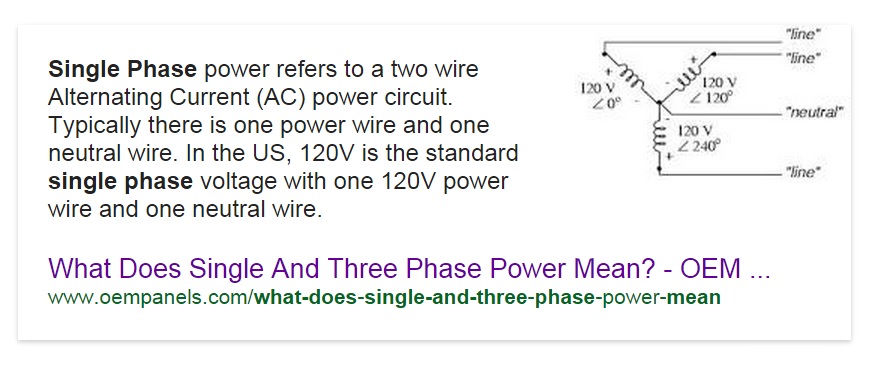
Most people have no idea what a Power Phase is or what the differences are between the Single and Three Phase Power supplies and distribution systems that utilize them. This ignorance is quite ok since the majority of the major electronic devices and machines operate on 1 (Single) Phase Power which not surprisingly also corresponds to the standard power input provided by the power companies to homes.
As a consequence when making purchasing decisions all people typically worry about is the required input voltage be it 110/120V and 220/240V. In fact, the only other occasion in which the common man ever wonders about power, amperes and voltages is on that long distance expedition when one crosses continents and has to deal with the varying types, sizes, pins, sockets and not to mention non standard voltages.
However, once you jump over to the commerical world and are required to deploy racks housing enterprise server and storage hardware or heavy duty equipment the inevitable need to understand the meaning of power phases and in particular 3-phase arises when choosing a distribution unit (PDU). Here is what Google tells us 
The above provides a great summary but I am going to expand it slightly. What the 1 (Single) and 3 (Three) stand for when speaking about power is the actual number of wires on which the electricity flows. That is the total number of live wires in the circuit. There will be other wires ofcourse such as neutral and ground but those don't count as they are the same across both types. Only the number of live or active wires varies and therefore matter. As for the phases that detail simply refers to the fact that electrical flow a.k.a. current alternates at a different angle on each wire and since it is an angle the phase is measured in degrees.
3-Phase is more efficient because it has a single circuit containing 3 live wires each carrying 120V making the total power output on that circuit 3x120V versus the same circuit with one wire that can only carry 120V. Hence, you can get more power with less labour (only wiring one time versus 3 times with 3 different circuits). It is also less costly since the resistance is reduced in this configuration (input high school physics lesson here) meaning we can utilize thinner wires to carry power over greater distances. Thus explaining the popularity in the commercial context.
Another thing, when instructing electricians to wire circuits don't assume 240V automatically means 3-Phase. You can actually do 220/240V or even greater on single phase circuits which is what typically happens in the home when connecting washing machines etc. That just means that more pressure that is voltage load is applied to the single wire. In some instances they may even split this load across two wires with a neutral in between them. However, this is still single phase and will not work with a power supply expecting 3 phase input. This was a mistake I recently made on a deployment by not being specific as to the type of 220V required and had to learn the hard way.
For more detail on electrical phases read OEM Panels Full Explanation. I particularly like the analogy between providing power and riding a bicycle.
 Nneko Branche.
Nneko Branche.